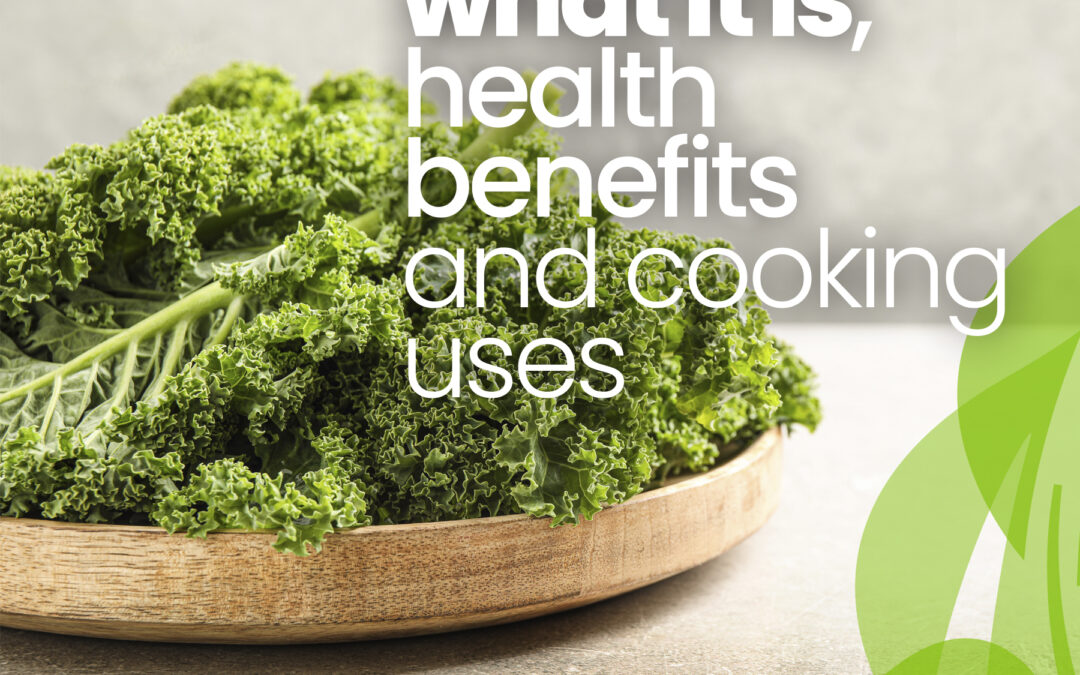What is Kale?
Kale, cabbage or kale is a variant of cabbage characterized by its typical curly leaf, it is a member of the brassicaceae or cruciferous family to which cabbage, cauliflower and broccoli belong, without intending to exhaust the catalogue.
Kale Properties
Kale has many nutritional and organoleptic properties.
- Contains Carotenoids and Flavonoids.
- Possesses many minerals
- It is rich in Calcium
- Aporta Hierro: This is one of the most select vegetable sources of iron.

Kale is a superfood
Kale is known as a superfood for its characteristics:
• High nutrient density (micronutrients).
• High protein content.
• Low in fat and sugar.
• High in water.
• Low in kilocalories.
How can you eat the Kale?
Kale can be eaten in multiple ways:
• The bravest eat its leaves raw, in salads.
• It can be cooked in stews, or as part of a vegetable stew.
• It can be used to make dessert recipes with kale.
• Can be used in green shakes, smoothies, and milkshakes.

Undoubtedly one of the most versatile ways to cook with Kale and take it easily in the form of shakes is to use powdered kale, since its nutrient concentration is higher thanks to the increase in density (amount per unit volume) and to less aggressive treatment than home cooking of the leaves.

Recent Comments